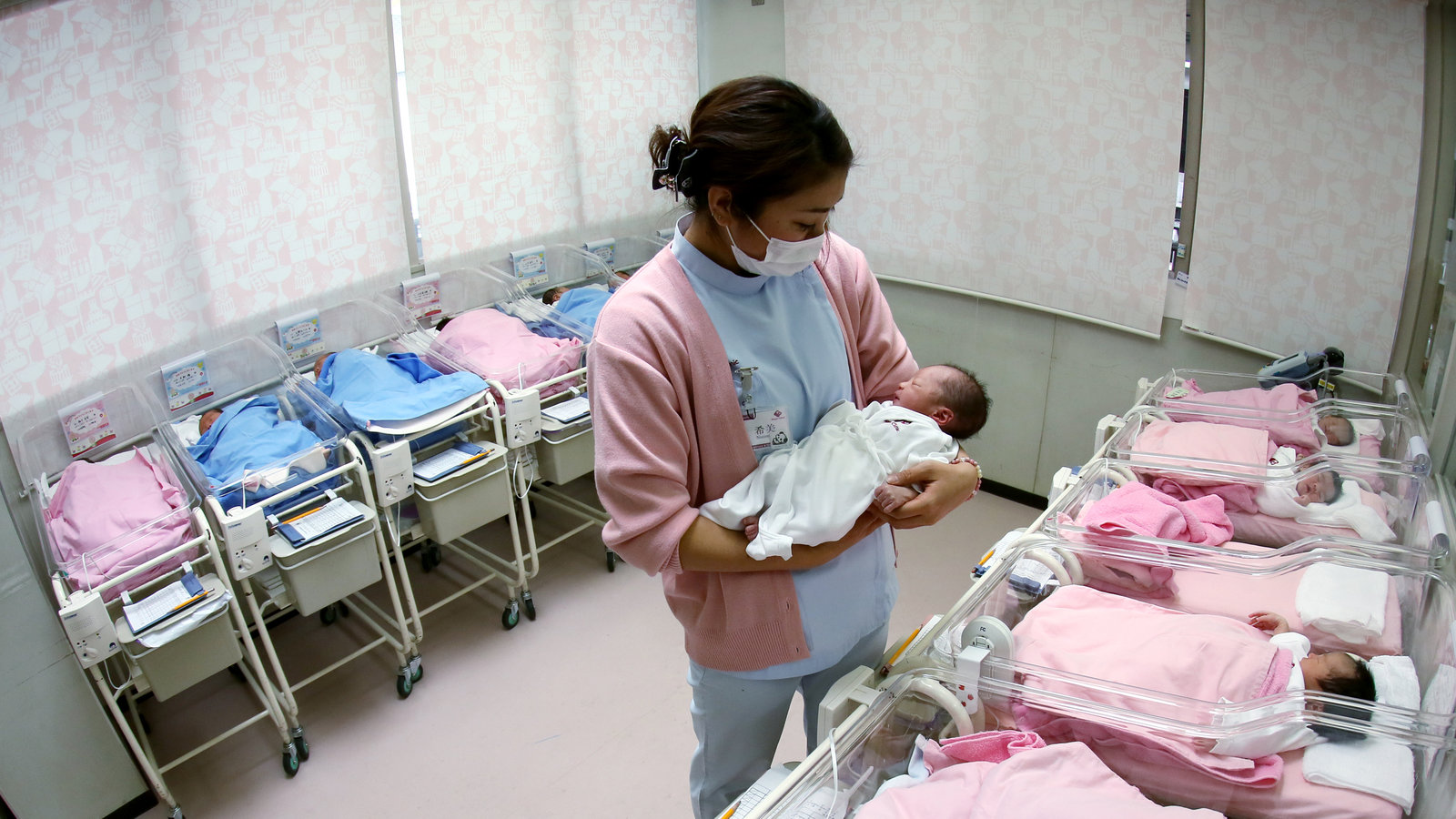 Japan is short on newborns due to the COVID-19 pandemic. How will they solve it? (Image via The New York Times)
Japan is short on newborns due to the COVID-19 pandemic. How will they solve it? (Image via The New York Times)
Japan predicts another birthrate fall in 2021
Novel coronavirus disease (COVID-19) pandemic also hit Japan's birthrate. On Wednesday, Japan's Health Ministry projected the number of newborns to drop sharply in 2021 following an 11.4% fall in the number of pregnancies across Japan in the three months from May, compared to the same period in 2019. It is feared that COVID-19 will deal more blows to the already falling birthrate with the number of newborns hitting a record low of 865,000 in 2019. Even worse, there could be fewer than 800,000 babies in 2021.
The number of pregnancies fell consecutively from May to July. In May, the number fell to 17.1%, 11.7% in June, and 10.9% in July. The low percentage in May represented the number of newborns conceived in March, beginning to fall as the unease toward COVID-19 began to grow. However, the total remained the same as April 2019, with over 90% of pregnancies reported to local governments within 11 weeks of conception.
Rumor has it that the Japanese couples postponed having babies as the pandemic is disrupting Japan's economy and worsening the employment situation. Moreover, as Japan was implementing travel restriction, it also caused many women to return to their parents' homes to prepare to deliver babies. Meanwhile, the controversial COVID-19 prevention measures applied by Japanese hospitals, such as wearing masks during delivery and restricting visitation by family members, are also blamed for the discouragement of having children.
While Japan has one of the world's highest life expectancies, it also has the oldest society. As the drop in pregnancies reflects fewer conceptions, the Health Ministry will determine whether the drop also reflects expectant mothers from not visiting hospitals and local government offices due to COVID-19, and vow to formulate plans to encourage new births. If not, it means that Japan will have a smaller future workforce to cover pensions and medical care for the greying population.
Source: https://bit.ly/3odw9Vd
 English
English Japan
Japan
